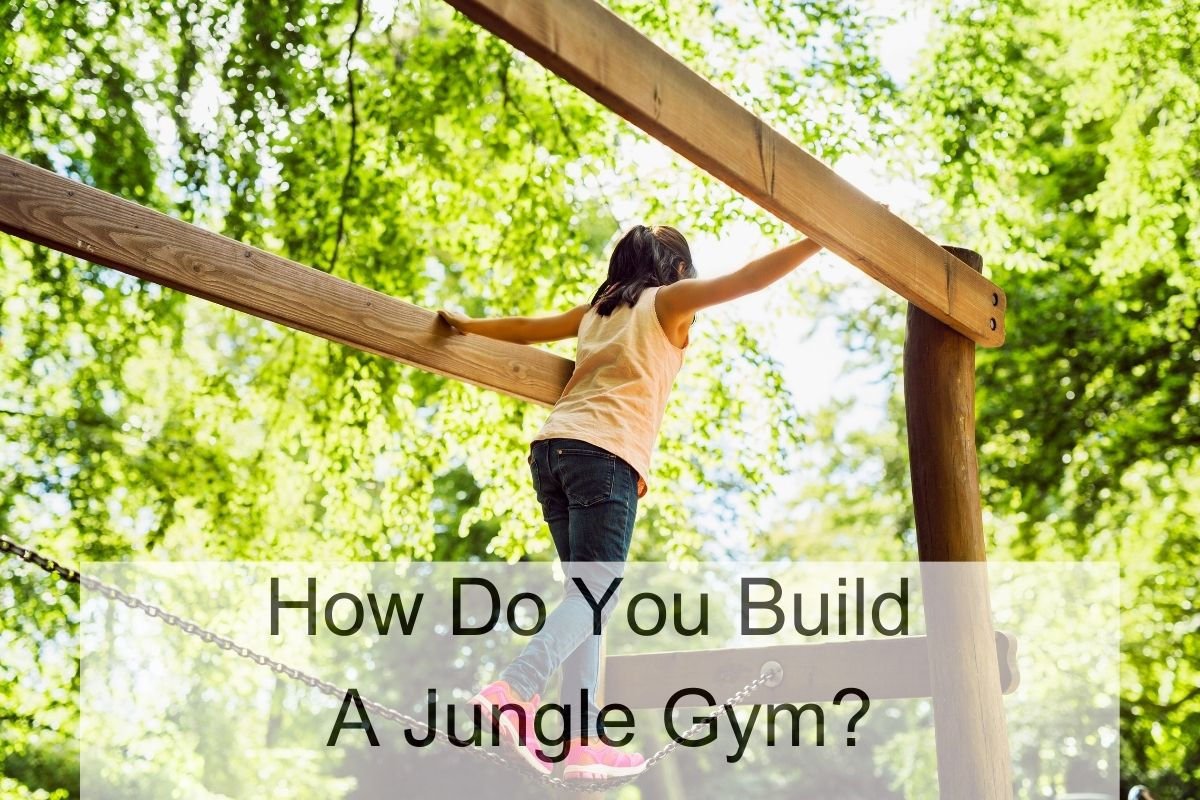Climbing frames are a fantastic way to encourage kids to be active and get outdoors. As a parent, I’m always looking for ways to keep my children entertained while also promoting their physical and mental development. Climbing frames offer a variety of benefits for kids of all ages, from improving their physical strength and coordination to boosting their problem-solving skills and creativity.

One of the biggest advantages of climbing frames is that they provide an excellent source of exercise for kids. Climbing, swinging, and sliding all require physical exertion, which can help kids develop their strength, balance, and coordination. Additionally, climbing frames can be a fun and engaging way to get kids moving and help them burn off excess energy.
Another benefit of climbing frames is that they can help kids develop their problem-solving skills and creativity. Climbing frames come in a variety of shapes and sizes, which means that kids need to use their imagination and critical thinking skills to figure out how to navigate them. This can help them develop their spatial awareness, as well as their ability to think outside the box and come up with creative solutions to problems.
Physical Health Benefits

As a parent, I know that keeping our children healthy is a top priority. One way to promote physical health is by encouraging outdoor play on a climbing frame. Climbing frames offer a range of benefits that can enhance a child’s physical development.
Enhances Motor Skills
Climbing frames provide a great opportunity for children to develop their gross motor skills, balance, and coordination. According to TP Toys, climbing and exploring the frame helps to develop these skills. Climbing frames also help children to develop their fine motor skills, such as hand-eye coordination, which is essential for grasping handholds.
Promotes Cardiovascular Fitness
Climbing frames are a great way to promote cardiovascular fitness in children. According to Landscapes4Learning, climbing frame play can increase a child’s heart rate and improve their overall fitness level. Regular physical activity has also been shown to reduce the risk of obesity and other health problems.
Strengthens Muscles
Climbing frames provide a fun way for children to strengthen their muscles. According to Adventure Climbing Frames, physical development refers to the changes and advancements in a child’s body structure, motor skills, and physical abilities. Climbing frames provide opportunities for children to challenge themselves physically, build strength, and develop their muscles.
Mental Health Advantages

As a parent, I know that keeping my child’s mental health in check is just as important as their physical health. That’s why I love climbing frames, as they offer a range of mental health advantages.
Boosts Cognitive Development
Climbing frames require children to use their problem-solving skills, spatial awareness, and memory. According to a study by Time Magazine, climbing for about two hours boosted working memory capacity by 50%. This means that children who regularly use climbing frames are likely to have better cognitive development than those who don’t.
Reduces Stress and Anxiety
In our fast-paced lives, it’s easy for children to get caught up in the day-to-day grind and forget to take time for themselves. Climbing frames are a great way to reduce stress and anxiety and take a break from the hustle and bustle of daily life. According to a study, rock climbing can reduce stress and anxiety, and provide a sense of accomplishment and control.
Encourages Mindfulness
Climbing frames require children to focus on the task at hand, which can help them develop mindfulness. Mindfulness is the practice of being present in the moment and can help children manage their emotions and thoughts. According to a study, climbing can significantly alleviate symptoms of anxiety and depression. Additionally, the immediate gratification after completing a climb and the clear measures of progress act as huge motivators.
Social and Emotional Growth

As children grow, they need to develop social and emotional skills to interact with others and cope with their emotions. Climbing frames are a great tool that can help children develop these skills. Let’s explore how climbing frames can foster social and emotional growth.
Fosters Social Interaction
Climbing frames provide a fun and safe environment for children to interact with others. Children can climb, slide, and swing together, which encourages them to work together and develop social skills. They learn to share, take turns, and communicate effectively. As they play, they also develop empathy and learn to understand others’ emotions.
Builds Self-Confidence
Climbing frames offer a range of challenges that children can overcome, which helps build their self-confidence. As they climb higher or navigate more complex obstacles, they learn to trust their abilities and develop a sense of achievement. This confidence carries over into other areas of their life, such as school or sports.
Teaches Risk Management
Climbing frames can also teach children how to manage risks. As they climb, they learn to assess the situation and make decisions about how to proceed safely. They develop problem-solving skills and learn to manage their emotions in stressful situations. This helps them build resilience and cope with challenges they may face in the future.
Outdoor Play Importance

As a child, I loved playing outside. There’s something about the fresh air and sunshine that makes outdoor play so much fun. But did you know that outdoor play is also important for your child’s development? Here are a few reasons why:
Encourages Connection with Nature
When children play outside, they have the opportunity to connect with nature. This connection is important for their overall well-being. Research has shown that spending time in nature can reduce stress and improve mood. By playing outside, children can learn to appreciate the natural world and develop a sense of stewardship for the environment.
Increases Vitamin D Exposure
Playing outside also increases a child’s exposure to vitamin D. Vitamin D is important for bone health and immune function. When children play outside, their skin absorbs sunlight, which triggers the production of vitamin D. This is especially important during the winter months when there is less sunlight.
Educational Value
As a parent, I am always looking for ways to help my child learn and grow. Climbing frames are a great tool for educational development, providing a fun and engaging way for children to develop important skills.
Stimulates Imagination and Creativity
Climbing frames are a great way to stimulate a child’s imagination and creativity. With a variety of different structures and features, children can explore and create their own adventures. They can imagine they are climbing a mountain, exploring a jungle, or even flying through the clouds. This type of imaginative play can help children develop their creativity and problem-solving skills.
Supports Learning Through Play
One of the most significant benefits of climbing frames is that they support learning through play. Children learn best when they are engaged and having fun, and climbing frames provide an excellent opportunity for this. They can learn about balance, coordination, and spatial awareness as they climb and move around the structure. Additionally, they can develop their social skills as they interact with other children and learn to take turns and share.

